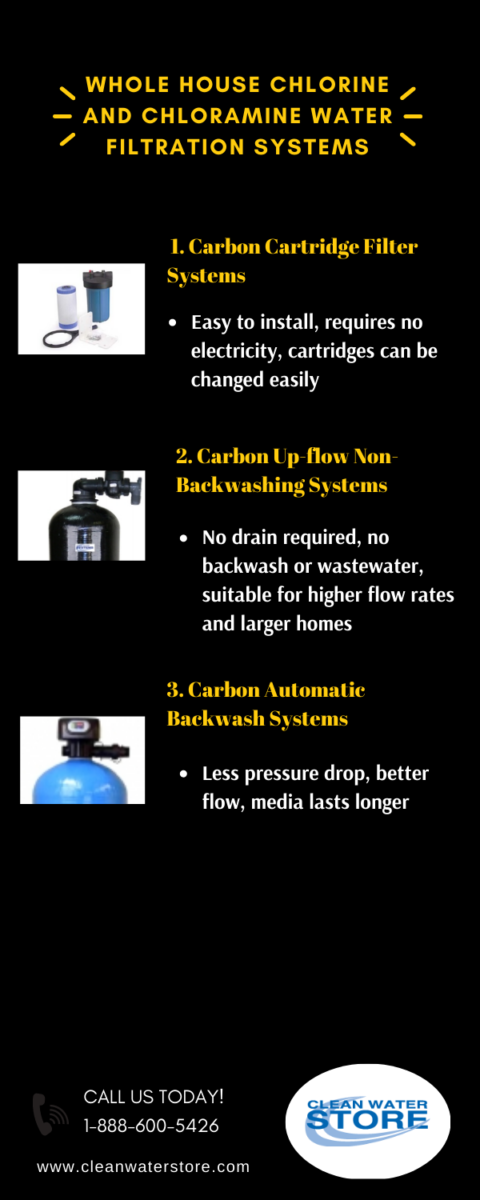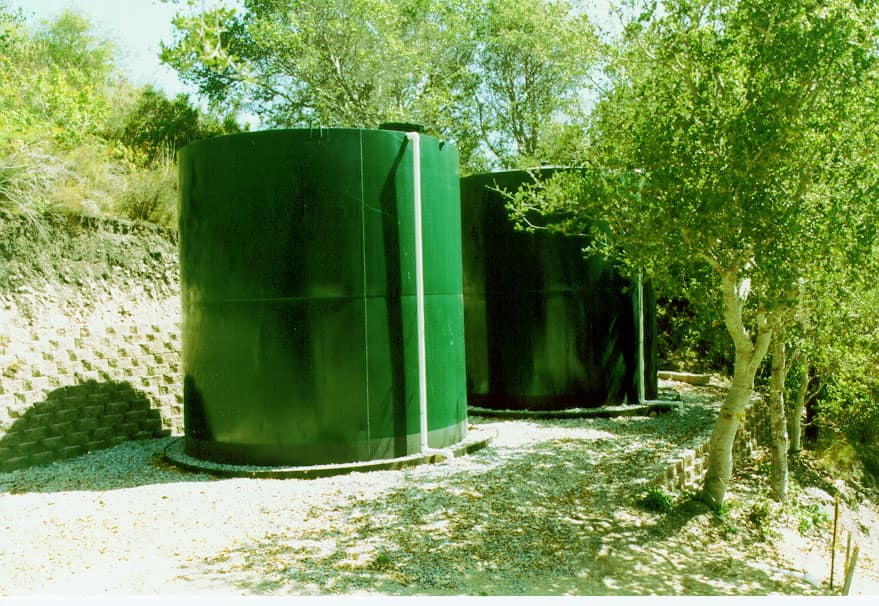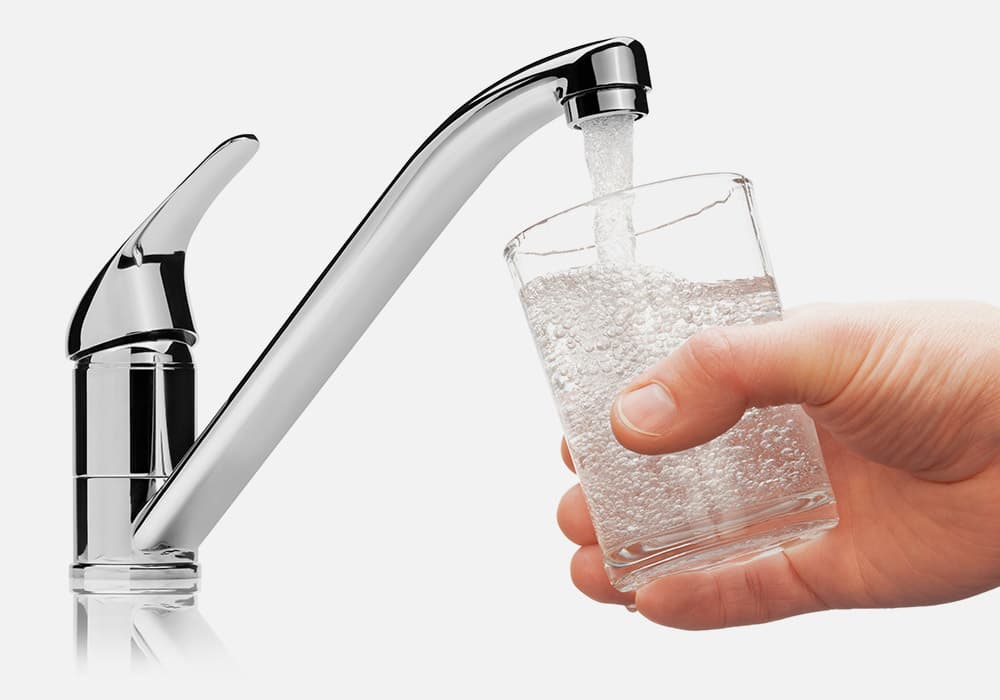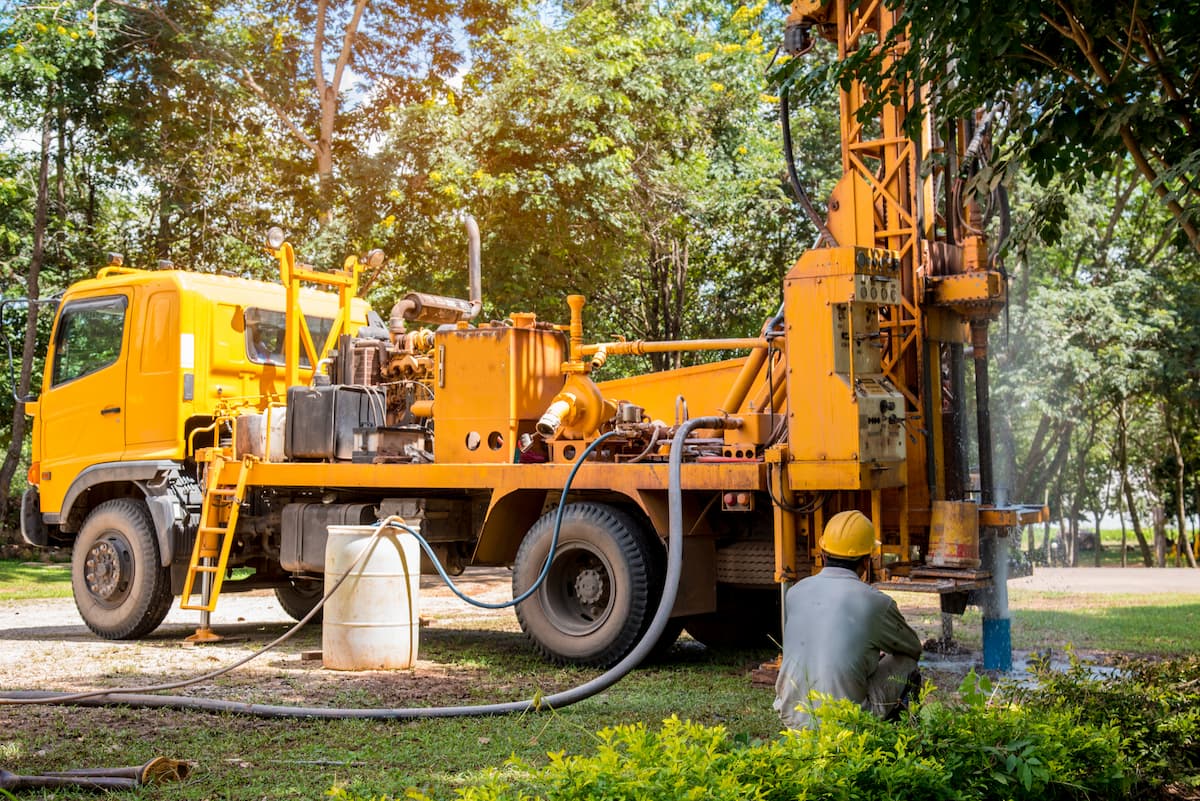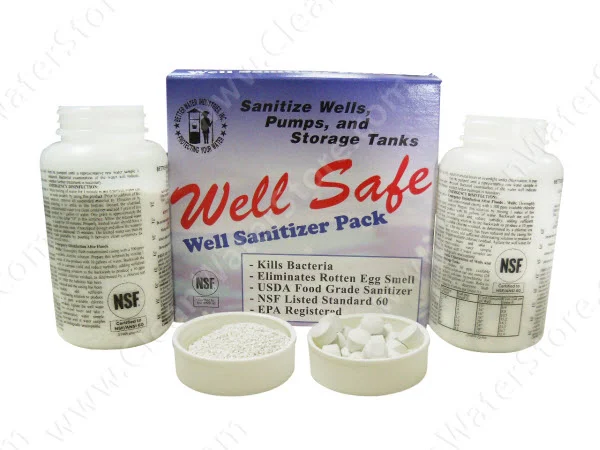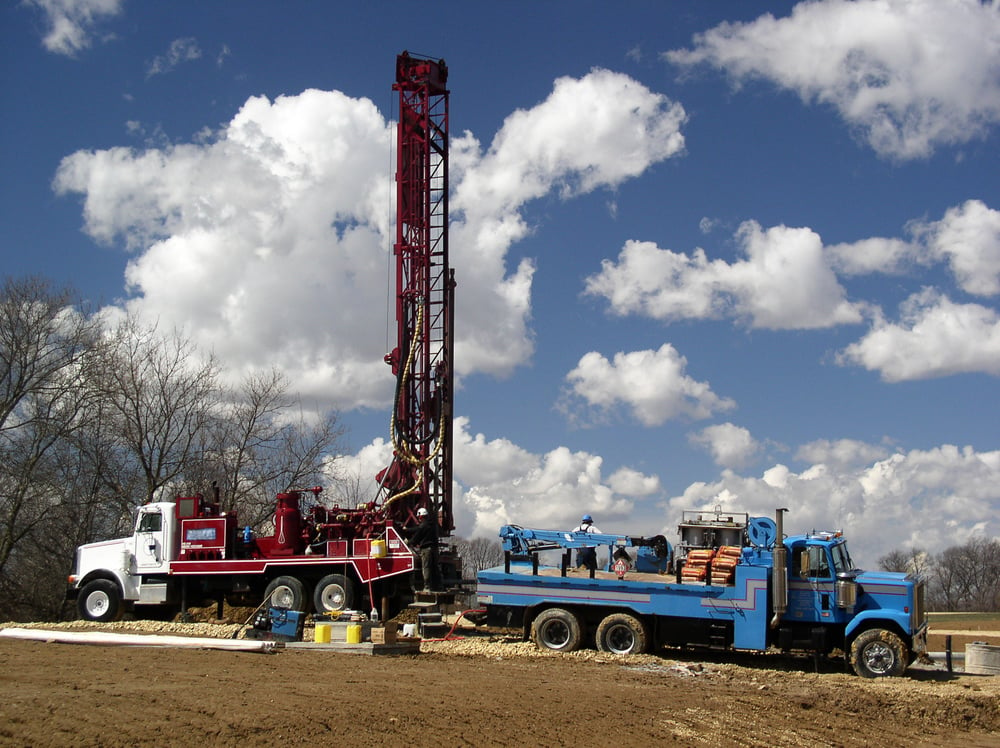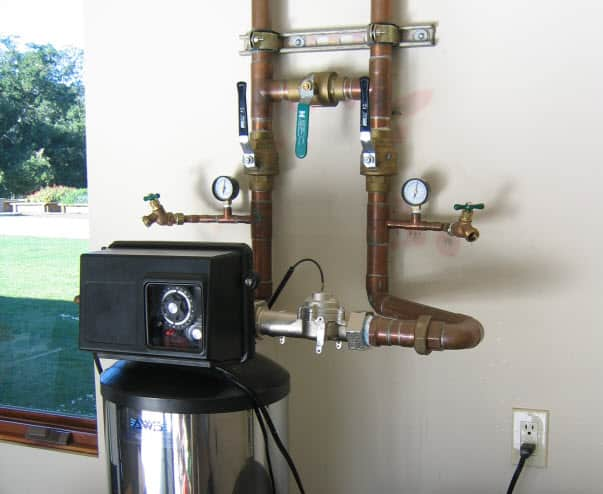Whole House Chlorine and Chloramine Water Filtration Systems
 Are you concerned about Chlorine and Chloramines in your water?
Are you concerned about Chlorine and Chloramines in your water?
Considering whole house chlorine and chloramine water filtration system for your family?
These water treatment systems are particularly useful if you are on city water, as chlorine has long been, and the preferred disinfection method is used in municipal treatment systems.
There are three primary chlorine/chloramine removal methods in water treatment. All filtration systems use a type of activated carbon and remove chlorine tastes and odors.
1. Carbon Cartridge Filter Systems
2. Carbon Up-flow Non-Backwashing Systems
3. Carbon Automatic Backwash Systems
Carbon Cartridge Filter Systems:
Pros: Easy to install, requires no electricity, cartridges can be changed easily, different types of filter cartridges can be used, lower upfront costs.
Cons: May restrict flow rate and pressure in-home, not suitable for large homes or high water use, higher cost due to frequent filter cartridge changes, the cartridge can become fouled, and bacteria can grow on the cartridge.
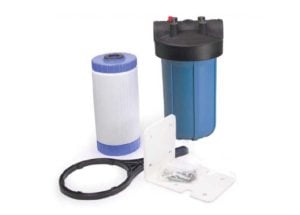
We often recommend Big Blue radial carbon filters for homeowners looking to filter their chlorine water with a cartridge filter. They are relatively inexpensive, offer great flow rates, and are very effective filters.
To remove chloramines with a cartridge filter, you’ll need a special filter that uses catalytic carbon. A catalytic carbon cartridge filter will effectively remove chloramines and chlorine, and other foul tastes and odors.
For users looking to filter chlorine and chloramines with a cartridge filter, we recommend the Pentek Chlorplus chloramine removal system. This system comes with everything you’ll need for installation and operation and will filter your water down to 1 micron while offering superior performance to regular granular carbon media.
Chloramine Water Filtration: Carbon Up-flow Non-Backwashing Systems
Pros: No drain required, no backwash or wastewater, suitable for higher flow rates and larger homes, lower costs due to much less expensive bulk carbon used instead of filter cartridges.
Cons: Media can get fouled if sediment is present, best when used with a prefilter. Can develop tastes and odors if chlorine levels in city water are low and Chlorine Water Filtration is not used daily.
With this type of system, water flows down a center distributor tube and up through the carbon. Carbon upflow non-backwashing methods are preferred for removing toxic chemicals (not usually found in treated municipal water) such as pesticides and herbicides.
Carbon Automatic Backwash Systems
Pros: Less pressure drop, better flow, media lasts longer. The once-a-week backwash and rinse keep the carbon filter clean and free of sediment. Carbon media is ‘reclassified,’ meaning the granular media is stirred up, exposing fresh sites on the media. The residue is removed and flushed out to drain.
Cons: Needs to be connected to a drain (although in some cases, the backwash water can be run outside and used to water plants). Upfront costs are a little higher than upflow or cartridge types.
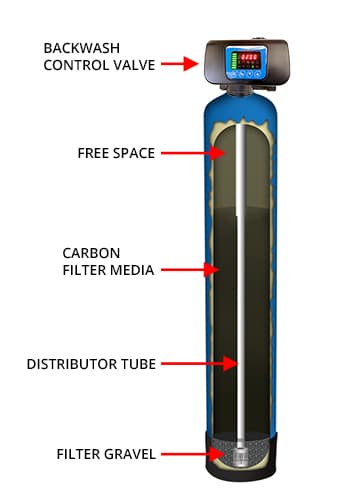
In a downflow backwashing filter, water flows through the top of the tank, down through the media from top to bottom, and back up the distributor tube.
However, during the backwash cycle, water flow is reversed, and water flows down the distributor tube and up through the media to lift, expand, and clean it.
The carbon media inside the filter will remove the chlorine from your water along with any unwanted tastes and smells that it may bring, while sediment and rust will be trapped and then flushed during the filter’s backwash cycle.
Because this backwash cycle can be programmed to run automatically after a certain amount of gallons of water used or days elapsed, carbon backwash filters require very little maintenance: about all you’ll have to do is remember to change the filter media inside every 4 to 5 years.
(Click here to learn more about Whole House Chlorine.)'
Chloramines
If you remove chlorine, a coconut-shell-based carbon media will work wonders (and effectively remove other odors, as well); however, if you are looking to remove both chlorine and chloramines (formed when chlorine and ammonia mix), it would be best to use catalytic carbon.
Catalytic carbon is a specially treated high activity granular activated carbon manufactured by steam activation of select coconut shell charcoal. This type of activated carbon's catalytic activity makes it highly effective in removing chloramines and hydrogen sulfide from potable water.
Its large micropore volume makes it particularly well suited for removing low molecular weight organic compounds and chlorinated by-products such as chloroform and other trihalomethanes (THMs).
Please browse our selection of chlorine and chloramine filters, including the filters mentioned in this series, and consult our Resource pages to read more about carbon backwash filters, chlorine, and other waterborne chemicals.
And don’t forget, you can always e-mail us at [email protected], leave us a message on Facebook, or use our online contact form to get quick, personalized assistance with your water woes.
Thanks for reading!

